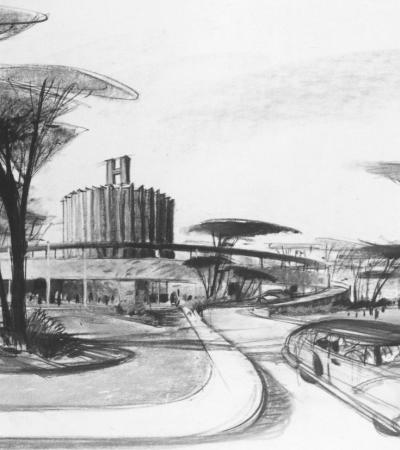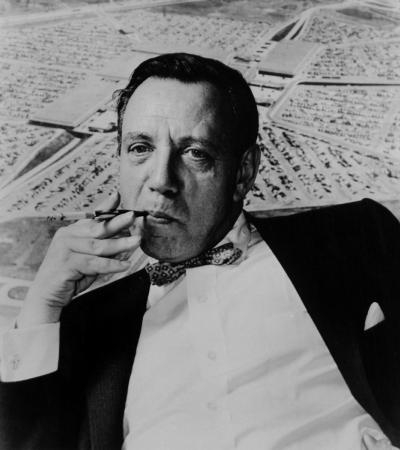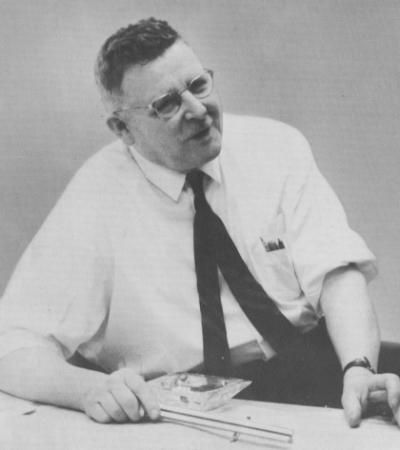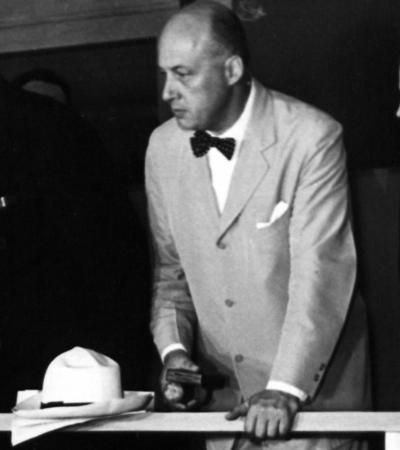Additional Resources
- Craven, Jackie. "Architecture Timeline - Western Influences on Building Design: The Evolution of Classical Style Architecture." ThoughtCo, last modified February 4, 2020.
- Fainstein, S. S. "urban planning." Encyclopedia Britannica, August 5, 2021.
- Fazzare, Elizabeth and Carly Olson. "Barrier-Breaking African American Architects We Should be Celebrating." Architectural Digest, February 21, 2019.
- Graham, Lindsay T. "What Do Your Spaces Say About You?" Center for the Built Environment, University of California, Berkeley, January 18, 2018.
- Von Hoffman, Alexander. "High Ambitions - The Past and Future of American Low-Income Housing Policy." Housing Policy Debate 7, no. 3 (1996): 423-446, DOI: 10.1080/10511482.1996.9521228.
- Maresca, Joseph. "How the New Deal Changed American Architecture." Interview by Leonard Lopate. The Leonard Lopate Show, WNYC, August 24, 2017. Audio, 18:32.
- Marler, Scott P. "Malls, Shopping." Dictionary of American History. Encyclopedia.com, October 25, 2021.
- Mostafavi, Mohsen, Richard Rogers, and Martha Thorne. “The Role of Architecture in Humanity’s Story.” Interview by Vikas Shah. ThoughtEconomics, June 18, 2012.
- National Organization of Minority Architects (NOMA).
- O'Neill, Meghan. "Why Justice in Design is Critical to Repairing America." Architectural Digest, July 2, 2020.
- Pennsylvania Historical & Museum Commission. "Architectural Styles Categories." Pennsylvania Architectural Field Guides, August 26, 2015.
- SAH News. "Teaching Resources from GAHTC" (Global Architectural History Teaching Collaborative). Society of Architectural Historians, May 3, 2021.
- Society of Architectural Historians. SAH Archipedia. Accessed November 2, 2021.
- Van West, Carroll. "Depression Architecture." Encyclopedia of the Great Plains, ed. David J. Wishart. Lincoln, NE: University of Nebraska - Lincoln. Accessed November 2, 2021.
- Wikipedia. 2012. “List of women architects.” Last modified October 11, 2021.



